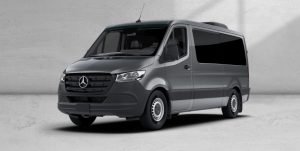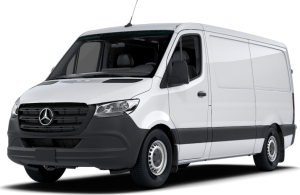Understanding Different Van Types: Which Lining is Right for You?
Choosing the right Van Lining is essential for maximizing the functionality and comfort of your vehicle. With various van types available—each serving different purposes—understanding how to match your van type with the appropriate lining can significantly enhance your experience. In this blog, we’ll explore the different van types, recommend specific linings for each, and consider usage factors that may influence your decision. Overview of Various Van Types is discussed below.
Cargo vans are primarily designed for transporting goods. They offer a spacious interior with a high payload capacity, making them popular for businesses and tradespeople. The focus is on durability and protection against wear and tear, as well as the ability to customize the space for specific needs.
Camper vans are built for travel and leisure. These vehicles are equipped with amenities like beds, kitchens, and bathrooms, making them ideal for road trips and camping. The interior design often prioritizes comfort, insulation, and aesthetics, creating a cozy living environment.
Passenger vans are designed to transport people, featuring multiple rows of seating. These vans are often used for family travel, shuttles, or rideshare services. Comfort and safety are key considerations, as well as easy access to the seating areas.

Box vans, or cube vans, have a separate cargo area that is usually enclosed. These vehicles are used for moving and storage, often with a large volume capacity. The focus for lining in box vans typically centres on protecting the cargo area and facilitating easy loading and unloading. Specific lining recommendations for each type are discussed here.
For cargo vans, a durable and heavy-duty lining is essential. Laminated marine-grade birch plywood is an excellent choice due to its resistance to moisture and wear. This material can withstand the rigors of frequent loading and unloading while providing a non-slip surface. Additionally, consider using a sound-deadening material to minimize noise during transit.
Camper vans require a lining that balances insulation, aesthetics, and durability. Insulated wall panels are highly recommended, as they help regulate temperature and create a more comfortable living environment. Opt. for materials with a warm finish, like laminated plywood with a veneer surface, which adds to the overall ambiance of your camper.
For passenger vans, the focus should be on comfort and safety. A soft-touch, padded lining can enhance the passenger experience, providing a cozy atmosphere. High-quality upholstery or fabric panels can add a touch of luxury while ensuring easy cleaning and maintenance. Additionally, consider adding soundproofing materials to reduce road noise.
In box vans, a robust and functional lining is vital. Plastic composite panels are a great option, as they are lightweight and resistant to moisture, making them ideal for various cargo types. These panels are easy to clean and maintain, which is essential for a vehicle that may transport different goods.
When selecting the right lining for your van, consider how you plan to use it. If your primary focus is transporting heavy loads, prioritize durability and impact resistance. For recreational use, look for materials that provide insulation and comfort. If you plan to transport people, focus on aesthetics, comfort, and soundproofing. Evaluating your specific needs will help guide your choice.
To make the process easier, we invite you to browse our selection of van lining products tailored to each type of vehicle. Whether you’re outfitting a cargo van for work, a camper for adventures, a passenger van for family trips, or a box van for moving, we have the right product for you. Explore our range of materials and find the perfect fit for your van today!
Understanding the different types of vans and their specific lining needs is crucial for optimizing functionality and comfort. By considering the recommendations for each van type and evaluating your usage requirements, you can make an informed decision that enhances your driving experience. If you have any questions or need assistance, don’t hesitate to reach out.

